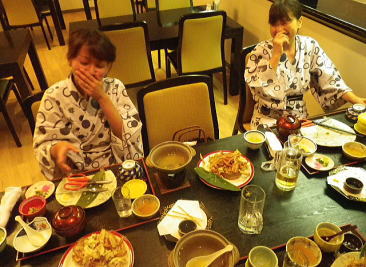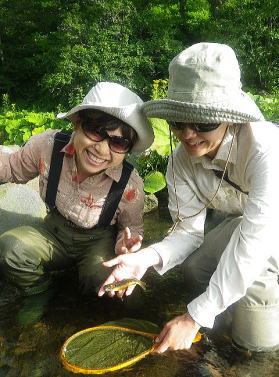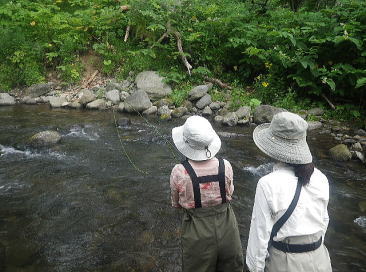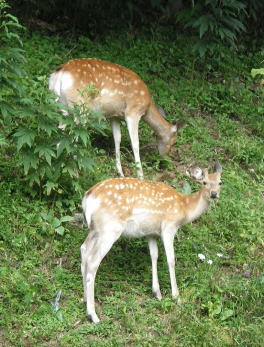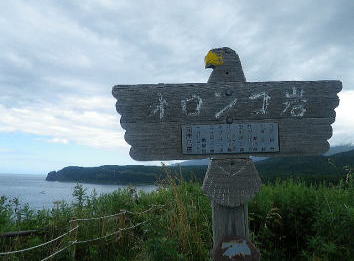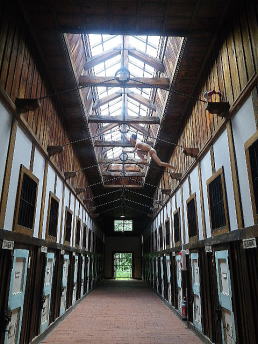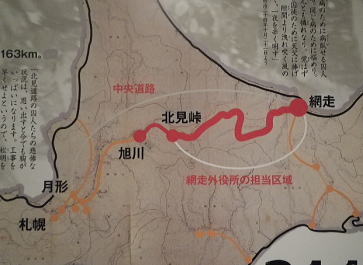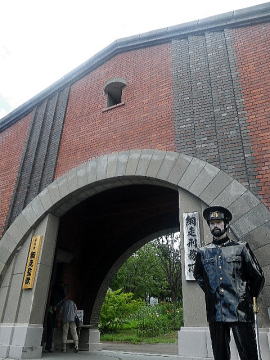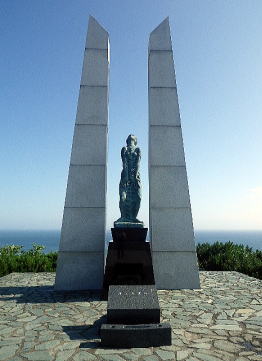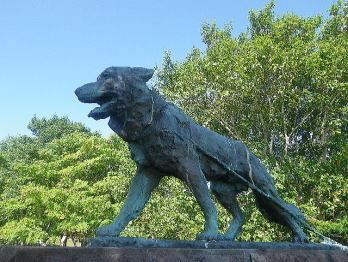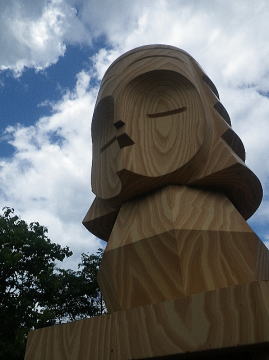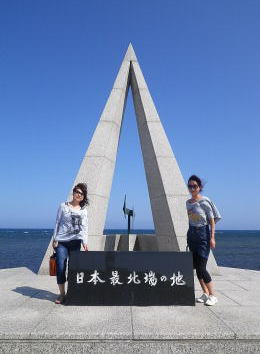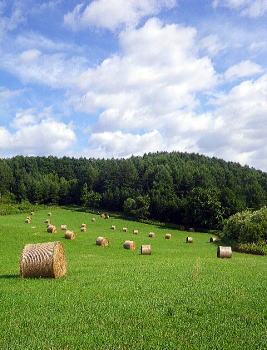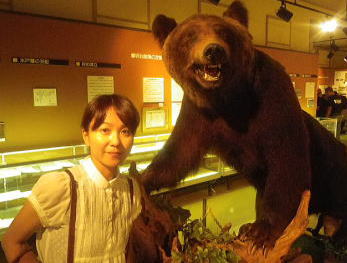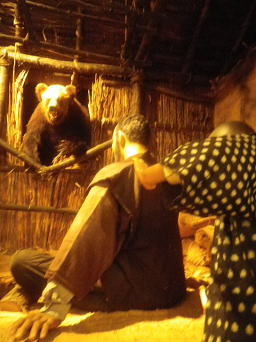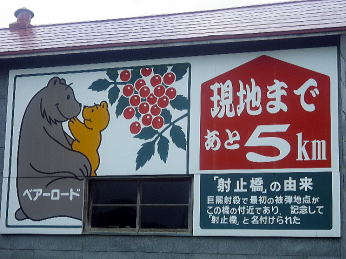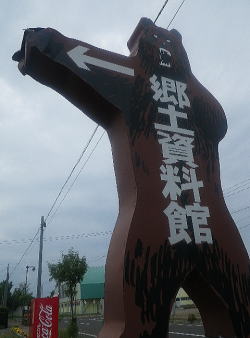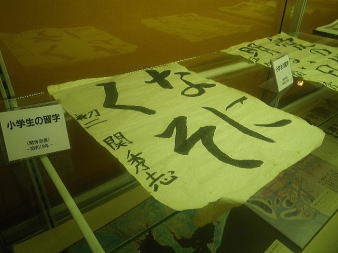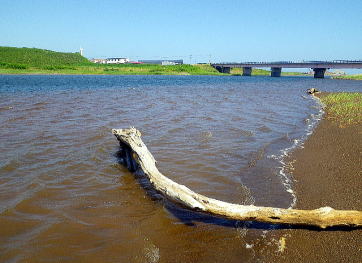Abashiri became famous for & synonym to its formidable gaol build back
in 1890. The shivering cold and harsh treatment was feared even by the
worst criminals of the time.
Deers are numerous. So numerous that they are now doing harm to the environment
- they eat up the barks of the beech trees.
This problem has become evident after Shiretoko received the proclamation
of UNESCO's world natural heritage site - which now prohibits all culling
activities within. The local authorities are now being pushed to revisit
the protocol as more and more dead trees are left by these cuddly creatures.
We drove on to Shiretoko, the north eastern corner of H'kaido.
In its 100 years of history there have only been two persons who managed
to escape.
One of the two, Yoshie Shiratori did the feat in an amazing, even artistic
manner. His motto - there's nothing humans made that humans cannot break.
His life was a solo fight against the authority. Historians has only to
wonder what a great person he would have made, had he been able to live
his life in a different context.
The sad fact was that many of the inmates were political prisoners. The
government sent them over here which was effectively an labour camp with
no exit. They were forced to work to death, and after death, dumped by
the roadside. Some of their remains are excavated for a more proper funeral
decades later but most still sleeps on by the road that they build for
their lives.
Shiretoko's stream are teeming with great number of Oshorokoma char. Even
a total beginner can catch a few of them on a dry fly - too easy!
Great banquet back in Abashiri. Boiled crab are the delicacy of the Ohkotsuku
ocean.
- Next
Horobetsu river is one of our favourite. We donned up Sayuri's mum in a
pair of waders, gave 3 minutes' casting lesson and let her give it a go.
We continued our way north to Wakkanai, the northern most town.
Next day saw us in a perfect blue sky. We visited ''the gate of ice and
snow'', expressing a sorrow of those killed in or driven away from Karafuto
by the Soviet army in the aftermath of WWII.
Some 30kms east of the cape lies the Sarufutsu marshland - a home to the
legendary Japanese Taimen.
Many a drama unfolds here in its tidal brackwater stretch during the seasons.
But now in the high summer there only were calm water with no hint of a
fish.
Cape Soya, the northern most point of Japan.
We visited the township's tiny little museum that houses variety of interesting
items left by the early settlers.
An overnight stay in Monbetsu.
There runs a famous river Shokotsu, where the very first C&R stretch
in Japan was proclaimed back in 1995. But as we visited this time the river
was running too low too warm to yield any good fishing. Better luck next
time.
A statue of Taro, a hardy Karafuto dog that served in Japan's Antarctica
expedition.can be visited on a hilltop nearby.
Those who survived the tragedy did try to hold on, but they too were eventually
driven away one after another by the harsh environment and fear of the
ever present bears.
What's left in the now deserted settlement are only the modest huts where
the attack took place, rebuilt by the volunteers in the memory of those
perished.
The thing that left an indelible mark on the village's history was the
bear attack that took place in the nearby settlement of Sankebetsu in December
1915.
6 persons were killed and eaten, or 7 if counting the fetus still in her
mother's womb. It is widely regarded as the most heinous bear accident
in Hokkaido's history. Or that of the whole Japan for that matter.
Leaving Asahikawa, we traveled next north to Tomamae, a nondescript fisherman's
village on the shore of the Japan sea.
Next we visited Abashiri.
The wooden statue of Nipopo, a talisman of Ainu people, is the symbol of
the town.

'11 H'kaido in Summer - 2Even in modern day's Hokkaido, fatal bear accidents are taking place at a pace of one every couple of years. A small yet undeniable risk that is.
Meanwhile, some 400 bears are being killed as pest every year. This year
2011, when the wild nuts did not grow well, more bears ventured down to
the lowland human domain - resulting in a record carnage of 758 bears shot
dead. A sobering fact we should be aware of.
With a mixed feeling we visited Sankebetsu. The road is now named ''bear
road'' with signposts telling a detailed account of the incident.
